Close your eyes and picture this: icy winds biting your cheeks, prayer flags snapping like applause, and the slow, rhythmic crunch of boots on gravel as you inch closer to the roof of the world. To trek Nepal Everest isn’t just a hike—it’s a raw, unfiltered journey through triumph, fatigue, and the kind of beauty that etches itself into your bones. From the chaos of Kathmandu to the silent majesty of Base Camp, this is the real story—no filters, no sugarcoating, just the truth about what it takes to stand in the shadow of the world’s tallest peak.
Why Trek Nepal Everest? More Than Just Bragging Rights
The Everest region isn’t just for mountaineers. It’s a pilgrimage for anyone craving adventure, humility, and a front-row seat to Earth’s grandest theater. Here’s why it’s worth the blisters:
- Iconic Landmarks: Kala Patthar’s sunrise over Everest, the Hillary Suspension Bridge, and the haunting Khumbu Icefall.
- Sherpa Culture: Sip butter tea with Sherpa families in Namche Bazaar, and learn how these mountain legends thrive at altitude.
- Personal Transformation: You’ll return home with more than photos—you’ll carry resilience earned one step at a time.
The Real Deal: What to Expect Day by Day
1. Kathmandu to Lukla: The World’s Wildest Commute
- Flight Chaos: Lukla’s Tenzing-Hillary Airport isn’t for the faint-hearted. Pray for clear skies, or brace for delays (and a potential Ramechhap detour).
- First Steps: The 30-minute flight drops you into a world of yaks, teahouses, and the first lung-busting climb to Phakding.
2. Namche Bazaar: Gateway to the Giants
- Acclimatize Here: Two nights minimum. Hike to the Everest View Hotel, but don’t expect Wi-Fi—just jaw-dropping vistas of Ama Dablam.
- Culture Fix: Visit the Sherpa Museum and stock up on Snickers (they’re gold dust at higher altitudes).
3. Tengboche to Dingboche: Where the Air Thins
- Spiritual Pitstop: Tengboche Monastery’s morning prayers will haunt you (in the best way).
- Altitude Reality Check: Headaches hit? Dingboche (4,410m) is your next acclimatization stop. Hydrate or regret it.
4. Lobuche to Gorak Shep: The Final Push
- Memorial Grounds: Pass the chilling climbers’ memorials near Lobuche—a stark reminder of Everest’s price.
- Base Camp Eve: Sleep at Gorak Shep (5,164m), where oxygen is scarce and excitement isn’t.
5. Everest Base Camp: The Moment You’ll Never Forget
- Anti-Climax?: No, you won’t see Everest from here (it’s hidden behind Nuptse). But touching the iconic rock pile, surrounded by ice seracs and prayer flags, is surreal.
- Kala Patthar’s Reward: Drag yourself up at 4 AM the next day. The sunrise over Everest’s summit? It’s worth every wheezing step.
Essential Info for Your Everest Trek
Permits & Costs
- Sagarmatha National Park Permit: ~ USD 30.
- TIMS Card: USD 20.
- Budget: $35–$50/day for teahouses, meals, and permits. Guides ($25–$35/day) and porters ($20–$25/day) add cost but ease the load.
When to Go
- Best Seasons:
- Autumn (Sept–Nov): Clear skies, busy trails.
- Spring (Mar–May): Warmer days, blooming rhododendrons.
- Avoid: Monsoon (June–Aug) and winter (Dec–Feb)—extreme cold and flight chaos.
Training Like a Sherpa
- Cardio: Stair climbs, hiking with a weighted pack.
- Mental Prep: Practice gratitude for cold showers and dal bhat—it’s all part of the journey.
The Ugly Truth: Challenges You Can’t Ignore
- Altitude Sickness: Descend if symptoms worsen. Your ego isn’t worth pulmonary edema.
- Teahouse Roulette: Toilets freeze, Wi-Fi is a myth, and snorers will haunt your dorm. Earplugs = survival.
- Mental Fatigue: Day 10 hits hard. Repeat after me: “This is why I came.”
Cultural Code: Respect the Mountain
- Leave No Trace: Pack out toilet paper and plastic. The Khumbu isn’t a trash can.
- Dress Modestly: Shoulders/knees covered in villages.
- Support Local: Buy handmade crafts or donate to the Sagarmatha Pollution Control Committee.
FAQs: Trek Nepal Everest Unfiltered
Q: How hard is the Everest Base Camp trek?
A: It’s a 7/10. Fitness helps, but mental grit matters more.
Q: Can I trek solo?
A: Yes, but a guide eases logistics and adds cultural depth.
Q: Are showers available?
A: Yes—until Dingboche. After that, baby wipes are your best friend.
Q: What’s the food like?
A: Carb-heavy (think pasta, potatoes) to fuel your climb. Vegetarian? No problem.
Q: Is it safe for solo women?
A: Yes! Teahouses are secure, and locals are protective.
Conclusion: The Mountain Doesn’t Care About Your Comfort Zone
To trek Nepal Everest is surrendering to the raw, unscripted drama of the Himalayas. You’ll curse the cold, marvel at the stars, and cry at summits you never knew existed. But when you stumble back to Lukla, dust-coated and triumphant, you’ll realize Everest didn’t change you—it revealed you.
Boots on. Heart open. Everest awaits
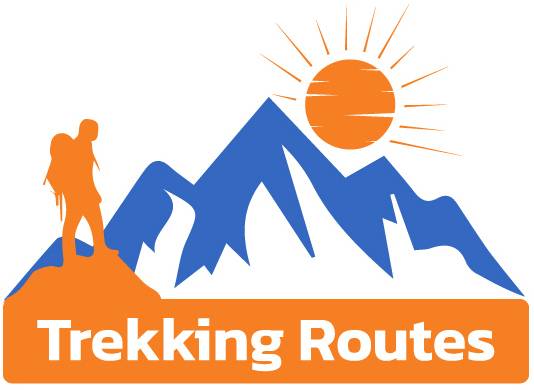

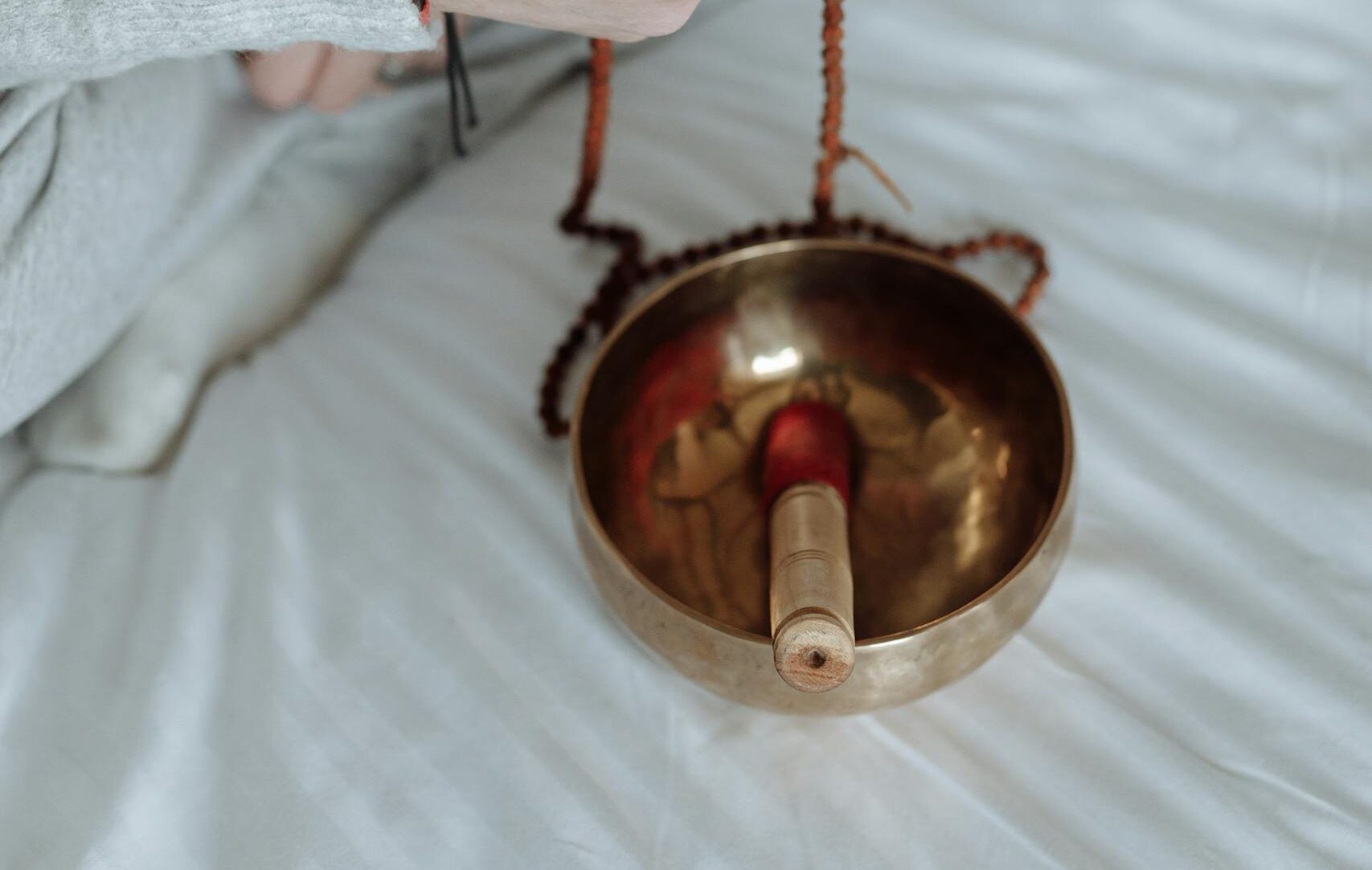
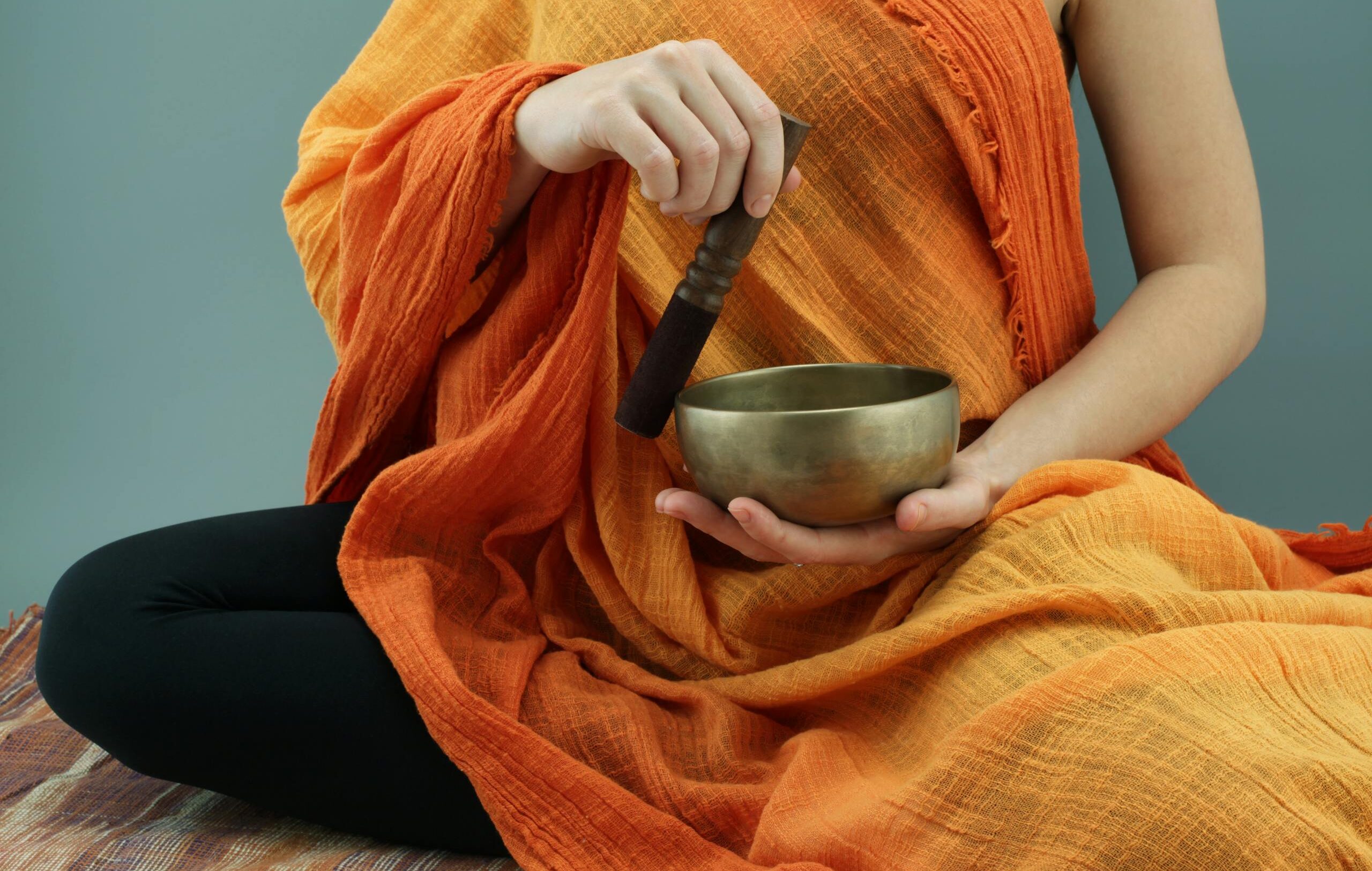
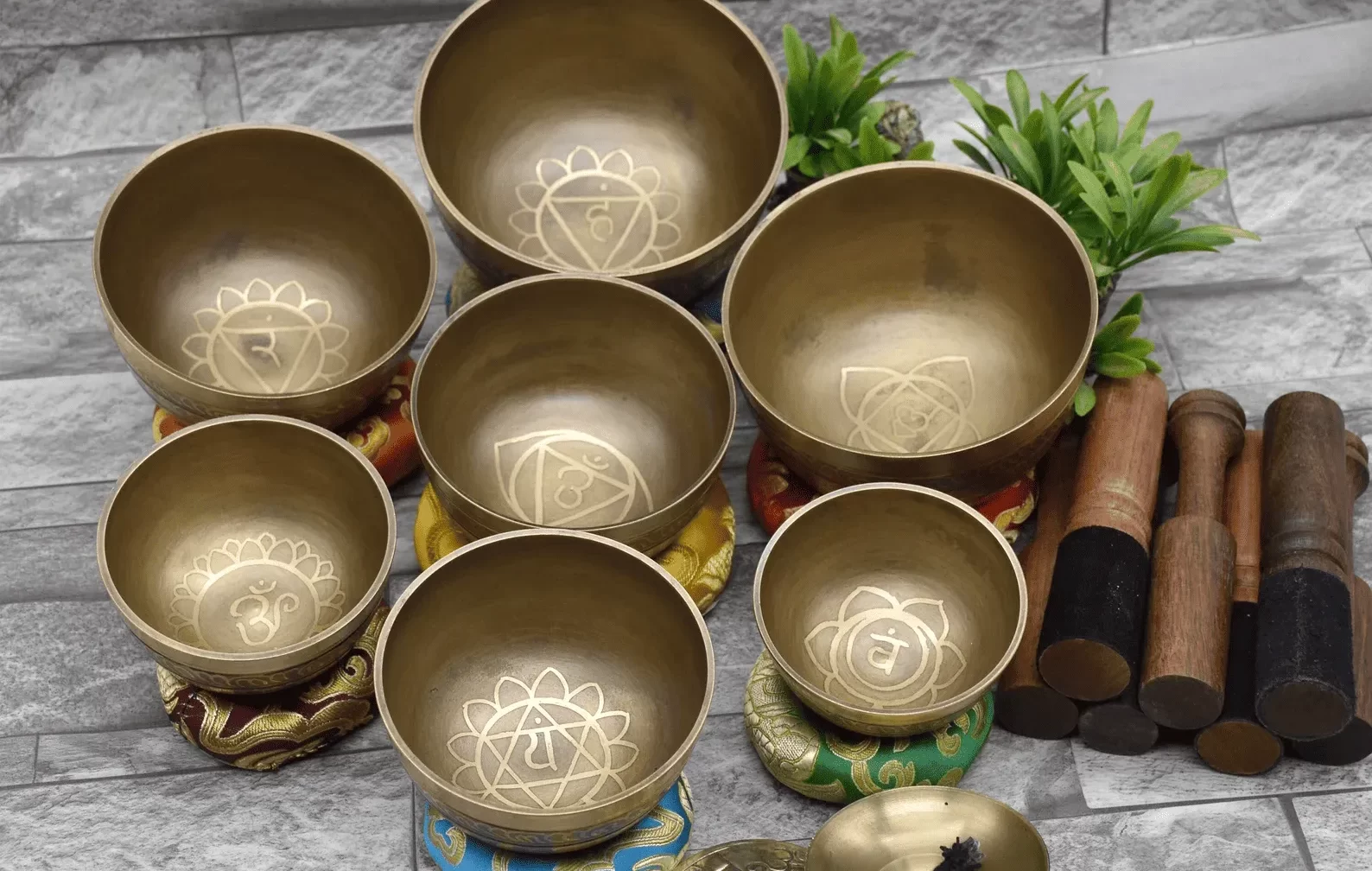
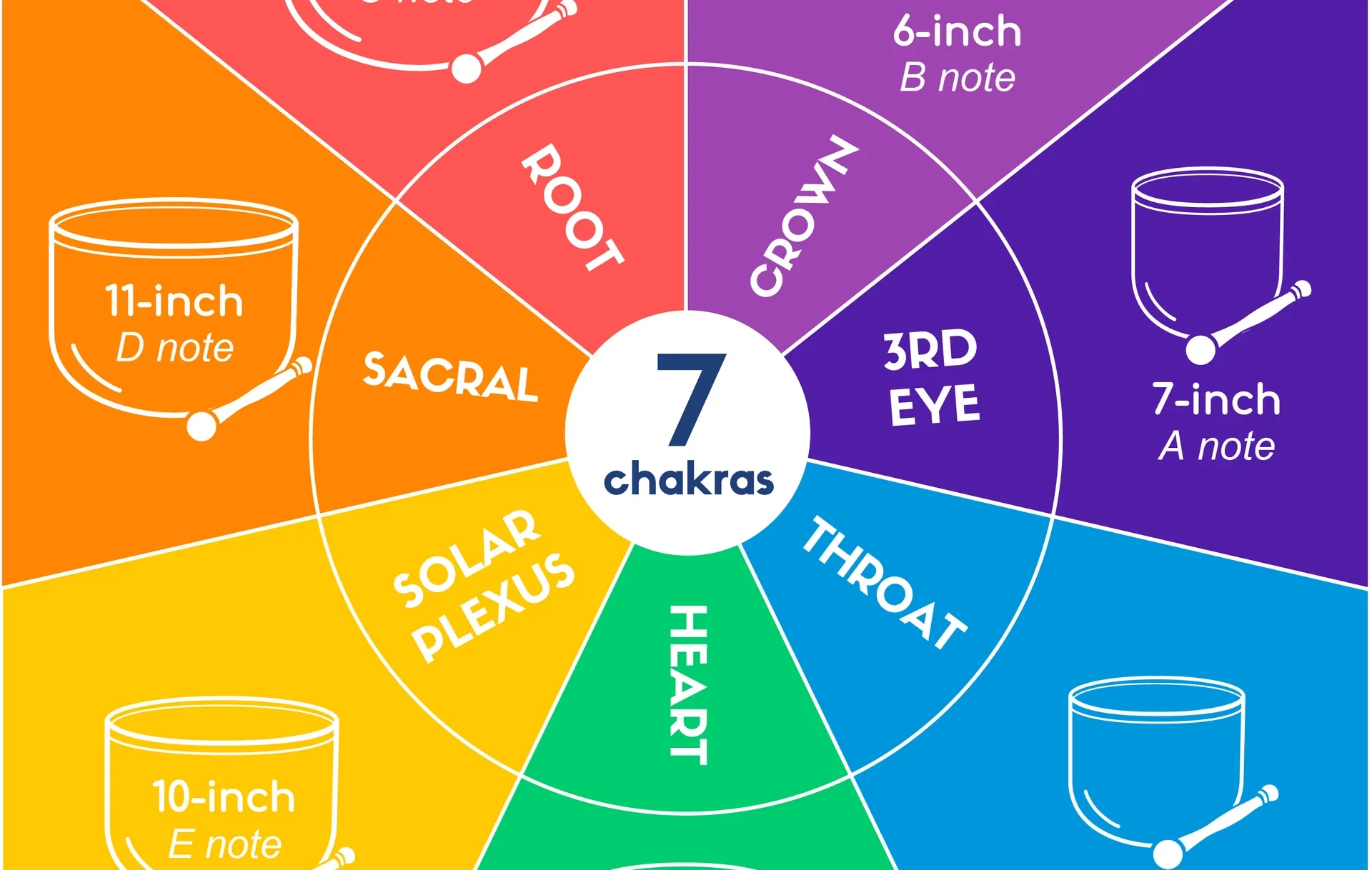
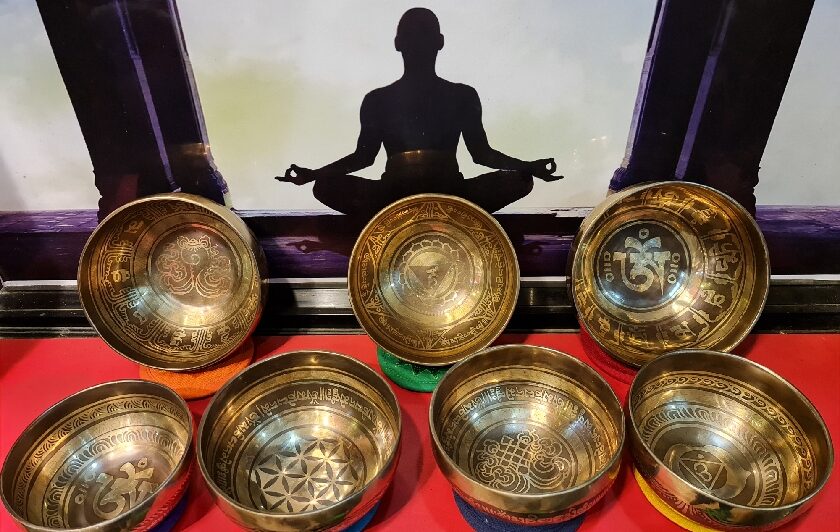
0 Comments